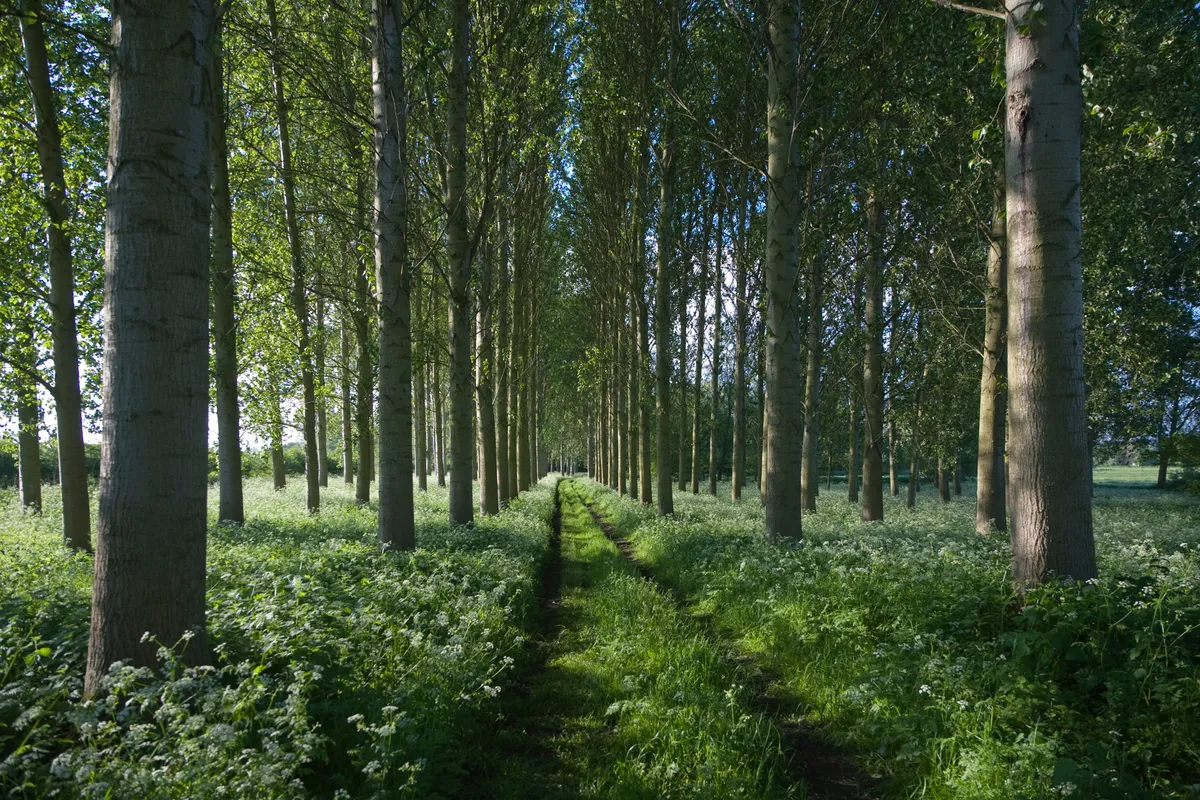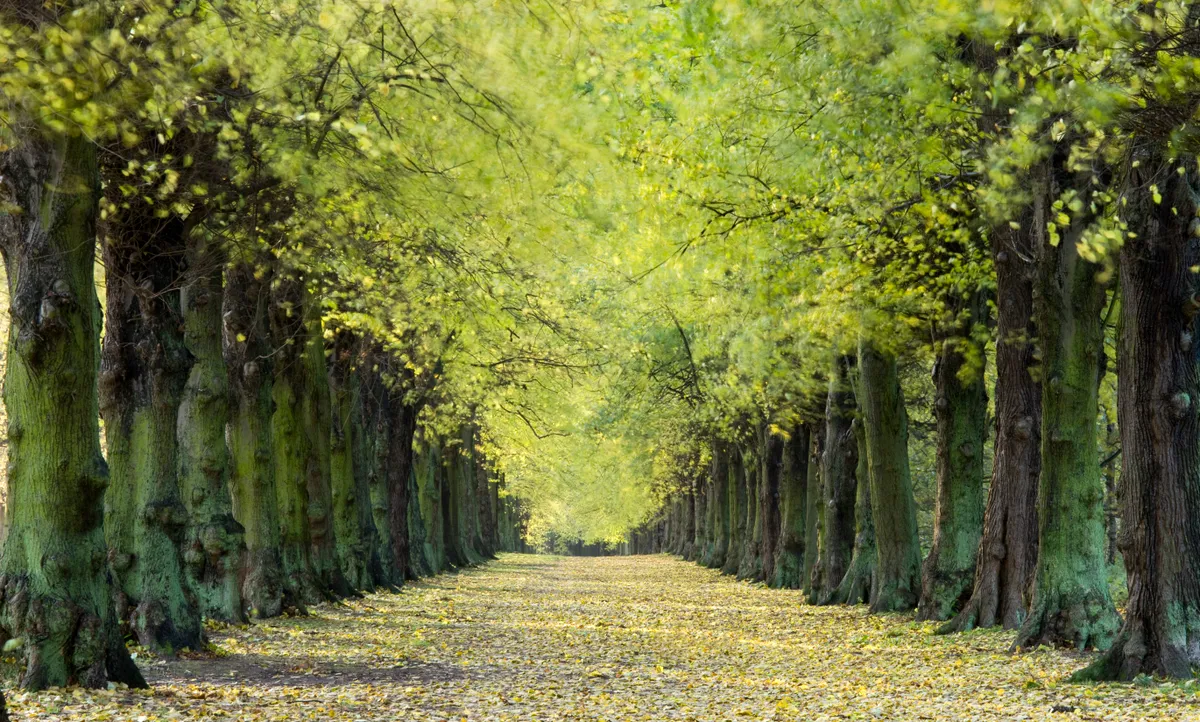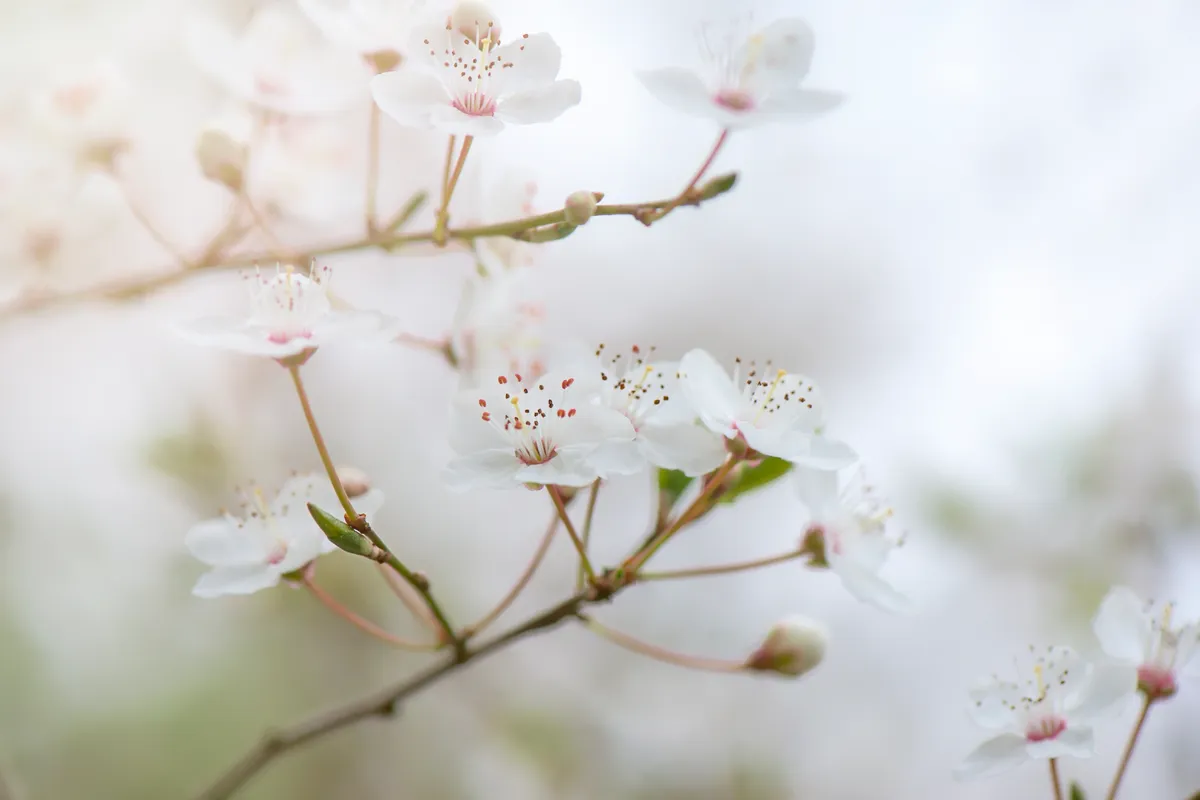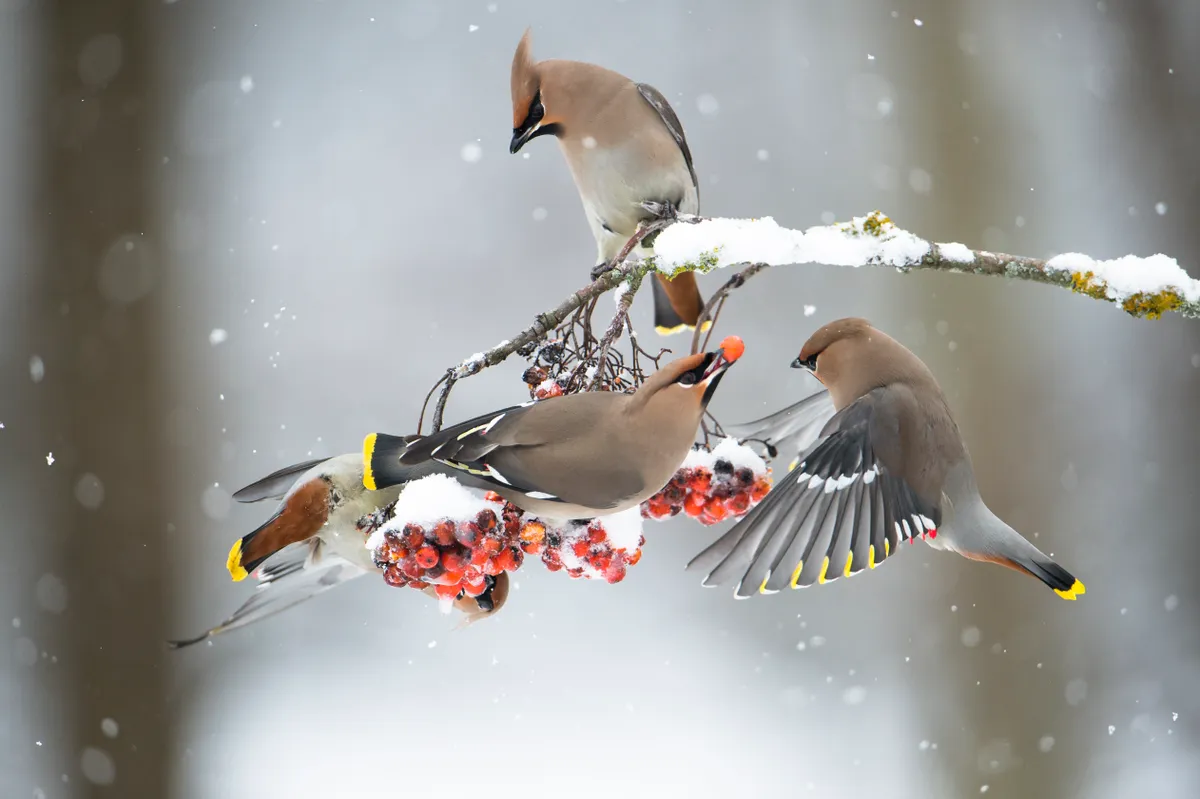Ash (Fraxinus excelsior)

Ash trees were thought to have healing properties, especially for children. Newborn babies would be given a spoonful of ash sap and sick children would be passed through the cleft of a tree or sapling in the hope that it might cure them.
In recent years, conservationists are concerned about the UK’s population of ash, as a non-native fungus has been spreading and causing a disease called ash dieback, which can kill ash trees.
Hazel (Corylus avellana)

Hazelnuts were associated with knowledge and wisdom, with an ancient Celtic story telling of nine hazel trees that grew around a sacred pool. The nuts fell into the water and were eaten by salmon, who had the nuts’ wisdom bestowed upon them. The number of bright spots on the salmon was thought to indicate the number of hazelnuts they had eaten.
Learn more about trees:
Aspen (Populus tremula)

Aspen wood was used to make Celtic shields, not just because it was lightweight, but also because it was believed to have magical properties of protection. For the same reason, it was also frequently planted near houses.
Birch (Betula pubescens and Betula pendula)

The two birch species (downy birch and silvery birch) are among the first trees to come into leaf each year and was therefore connected with fertility and the onset of spring.
It was also thought to be a purifier, so bundles of birch twigs were used to sweep away old spirits, cementing its association as the species used to make witches brooms.
Birch tree sap can be drunk straight or simmered to create a lighter drink or sticky syrup.
Elm (Ulmus procera)

To the Celts, elm was associated with elves and the passage to the Underworld. It had similar connotations in Greek mythology, with the first elm tree said to have grown on the spot where Orpheus played his harp after rescuing his wife Eurydice from the Underworld.
Dutch elm disease is caused by non-native fungi and spread via small beetles called elm bark beetles.
Wild cherry (Prunus avium)

This tree was often connected with the cuckoo, with the belief that the bird could only stopping singing once it had eaten its fill of cherries three times over.
Rowan (Sorbus aucuparia)

Also known as mountain ash, this tree was thought to be home to faeries due to its white flowers. It was therefore considered to act as protection against witchcraft and enchantment, often being carried around by individuals and hung from cattle.
Yew (Taxus baccata)

The longevity of yew, as well as its toxicity, has seen it associated with death and resurrection in Celtic culture. Some of the oldest individuals, such as The Fortingall Yew in Scotland, could between 3,000 and 9,000 years old.